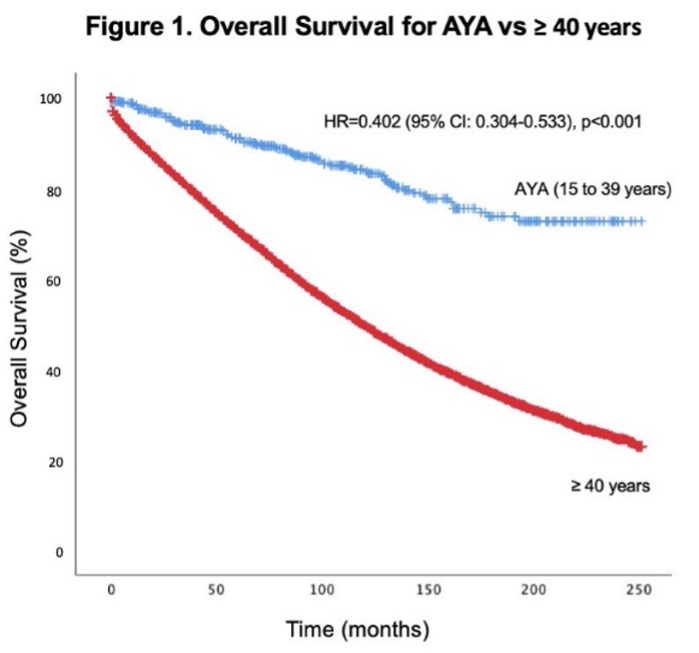Medically reviewed by Dr. Brian Koffman
The Bottom Line:
Though CLL is rare in younger patients, adolescents and young adults with CLL have a much better prognosis than older patients.
Who Performed the Research and Where Was it Presented:
Dr. Henry Becerra from Brookdale University Hospital Medical Center and colleagues presented the results at the American Society for Hematology (ASH) Annual Meeting 2023.
Background:
Chronic lymphocytic leukemia (CLL) is a disease usually seen in older adults (the median age of diagnosis is 69), but it can also occur in adolescents and young adults (15 to 39 years of age). Because it is rare in younger patients, little information is available on their characteristics and outcomes. This study aimed to characterize the clinical characteristics, prognostic factors, and survival outcomes in adolescents and young adults with CLL.
Methods and Participants:
Between 2000 and 2020, patients with CLL were identified from the Surveillance, Epidemiology, and End Results (SEER) Database. The SEER database is a national database that collects data on every case of cancer reported in 19 geographic regions in the United States, which cover about 35% of the US population. Researchers compared demographics and outcomes for patients 15 to 39 years of age (AYA) vs. patients 40 or older.
Results:
- A total of 51,992 cases of CLL were identified, and 498 of these cases (about 1%) occurred in adolescents and young adults.
- Most adolescent and young adult patients were male (66%), non-Hispanic White (70%), and lived in a metropolitan area (92%).
- The adolescent and young adult population had a significantly greater proportion of males (66% vs 59%) and non-White patients (30% vs 15%) than the older patient population.
- Overall survival was much higher in the adolescent and young adult population compared with the older patient population.
- American Indian/Alaska Native Non-Hispanic patients had poorer prognosis when compared with other races.
- Those with a low annual income (<$35,000) did worse than those with a ≥$75,000 income.

- Adolescents and young adults’ overall survival at five years was 91%, and at ten years, it was 84%.
- Adolescents and young adults with CLL were more likely to receive treatment with chemotherapy than older patients (33% vs 15%).
Conclusions:
CLL is relatively rare in younger patients, with adolescents and young adults accounting for only 1% of diagnosed CLL cases. However, adolescents and young adults with CLL have a much better prognosis than older patients and can expect to live a long time. More research is needed to determine whether the introduction of targeted therapies has changed patient outcomes or if specific therapies are more beneficial than others for this patient population.
Links and Resources:
Watch the interview on the abstract here:
You can read the ASH abstract here: Chronic Lymphocytic Leukemia (CLL) in Adolescents and Young Adults (AYA): Clinical Characteristics, Prognostic Factors and Survival for 498 Patients.
Take care of yourself first.
Ann Liu, PhD

